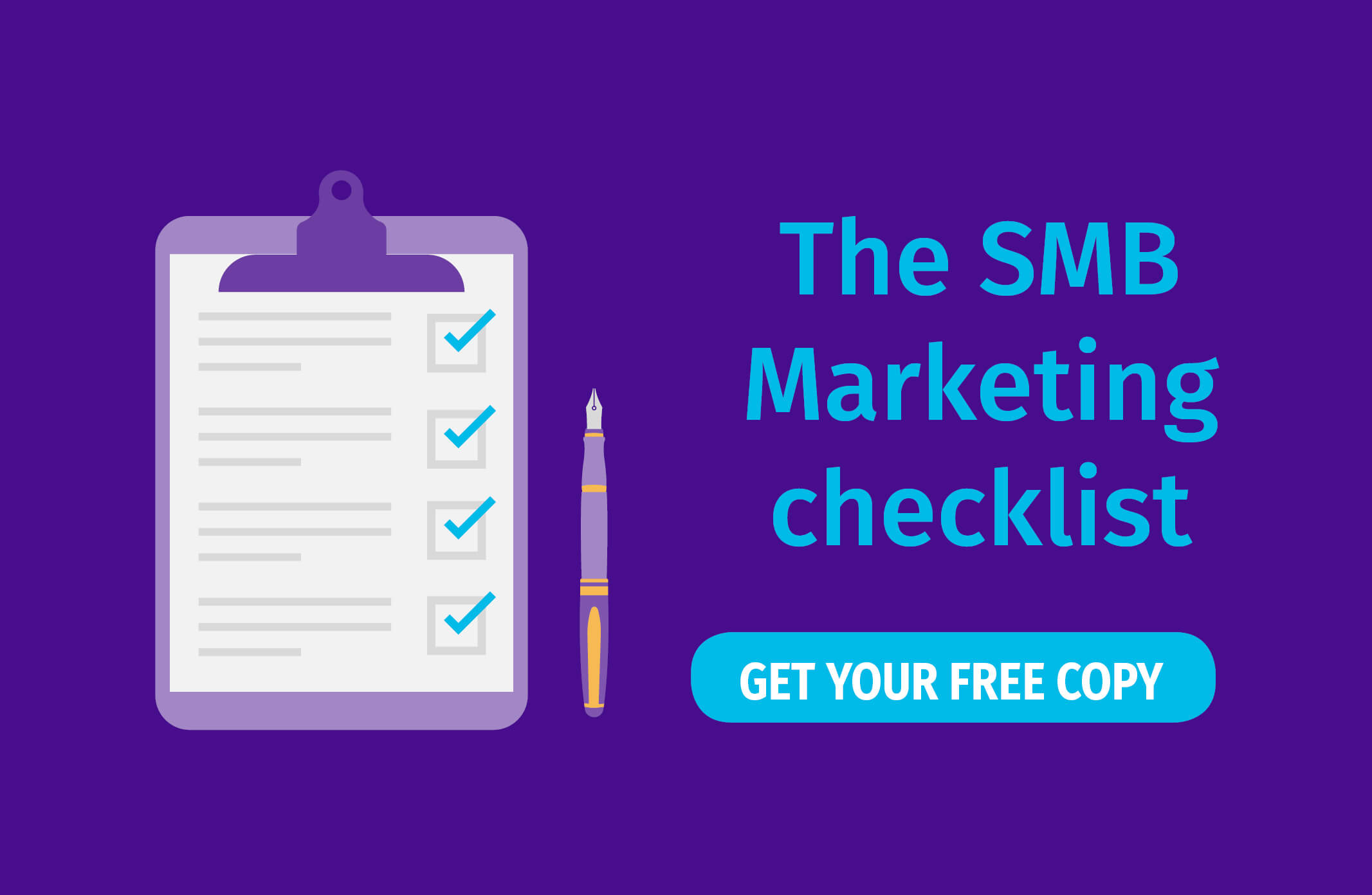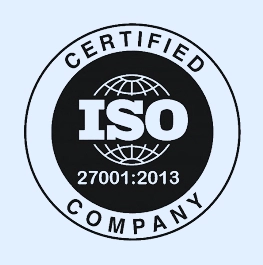One of the most important tasks for any SMB is to generate new leads. Also, to maintain their existing customers without huge spending. The best and cheapest way to achieve this is via email marketing and newsletter marketing, via a professionally crafted, timely newsletter in their inbox.
Newsletter marketing is an excellent way to offer different products, services and attractive deals to different types of customers. It is also a way to improve the customer experience and increase the your brand’s visibility.
But how to build newsletter marketing whose messages get opened every time?
Here are 5 tips for maximizing the effectiveness of your emails and getting the newsletter marketing results you want:
1. Segment your customers
Newsletters are mainly used to offer (and sell!) more products and services to as many people as you can reach. Still, some of your subscribers may only be interested in a particular product line. Others may be newcomers, so make sure you send out different offers for the different types of customers.
You will need to segment your customer’s database based on different parameters. These can be their location, purchasing habits, browsing history, and other behavioral data. Segmenting and creating multiple email lists is the key to increasing revenue from email marketing.
Your customers have different needs at different times. By sending out relevant and highly personalized newsletters, you’re significantly increasing the chances of your emails being opened and clicked.
Crafting targeted newsletters used to be time-consuming. But thanks to technology, nowadays we have an easy solution for this one too. Marketing automation platforms, such as smoove, now offer newsletters templates. These can be customized and saved for future campaigns. This way you can easily design and send out targeted, timely newsletters. You can send them to as many different groups of customers you may have.
Pay special attention to your newsletter marketing content
People will only read your newsletters if there is something new and interesting for them. The secret to success is in creating appealing and useful content in consideration to their interests and needs.
#Add more value
Keeping your customers informed and up to date with new deals, events or contests is important. But, you should also consider adding more value to your newsletters.
If you’re having trouble deciding which non-promotional content to include in your newsletter, here’s what to do. Always think both about your business and your customers and their potential interests. Try adding value with business and industry-related news. Go for educational and useful articles related to the products or a field of business. Look for new blog posts and even satisfied customer reviews.
To get this clear, here are some examples of what content you should include in your newsletter:
- New products and services, along with special offers such as discounts, contests and loyalty vouchers
- Product news and industry insights
- Interesting and educative content (‘How to’ or ‘Did you know’ articles, tips and advices)
- Events and projects you participate in
- Interviews with people from the industry and satisfied customer reviews
To show how this looks in practice, let’s take a look at this example by Starbucks. They have specially designed their Starbucks Card newsletter. They regularly send it out to registered users of their reward program.
It has a great design, it’s personal and most importantly – it has value! Along with the announcement of new benefits for reward card holders, it has a new product offer, invitation to a prize draw and a survey which helps the company improve the customer experience with their brand.
If you include different content in your newsletter, you can prove to your customers that you are not only a seller. You are also an expert in the field, someone with genuine interest in their needs.
#Structure it smartly
Pay close attention to the structure of your newsletter and make sure that your offers, useful tips and other content such as stats and industry insights are always published in the same order. Depending on your marketing goal(s), put the most attractive offer or most interesting article at the top of your newsletter.
Make sure your headlines are short but catchy and engaging and include short descriptions of your offers and/or articles with an option to ‘read more’, if your subscribers choose to. Always include links to your website and/or landing page which will both drive more traffic to your websites and give your newsletter instant credibility.
#Make CTA’s clear and visible
If you want to drive customers to your website and/or bring them to your stores, make sure that your Call-To-Action (CTA) buttons are clearly visible and compelling to click at.
This especially goes for the CTA buttons such as ‘Take your offer’ and ‘Read more’, as you want both to sell and to take the subscribers to your website.
Depending on what you want your customers to focus on in a specific newsletter, make one of your CTA buttons to stand out and put it at the top of your newsletter.
#Be consistent
People prefer to buy from familiar brands, so make sure your newsletter design and colors matches your website/landing page. Your logo is the signature of your brand and you should always place it in the header of a newsletter. Most common practice is to place it centrally or in the top left corner as that is the first place where ‘left-to right’ readers will look at after opening an email.
Always put your contact information at the bottom of a newsletter and include social media buttons so that customers can reach you anywhere and anytime.
Concerning the fact that many people today read their emails on tablets and mobile phones, also make sure your newsletter provides consistency across different devices.
A consistent look and copy leads to a so called unified experience which will make them more likely to convert and buy from you again.
3. Personalize your offers
Have in mind that segmentation of your customer’s database won’t work without personalization of your newsletters. Designing a personalized newsletter which sits well with your customer’s needs and expectations will help you establish stronger relationship with them, but also to increase your sales.
However, personalization goes way beyond including the customer’s name in the first line of your email and sending them product offers based on their previous purchases. Whenever possible, try to tie the newsletter to unique events such as holidays, birthdays and anniversaries.
Automating your emails and sending out your newsletters on your customer’s birthday, public holidays and other significant events will make your messages reach customers at the right time and make your customer’s experience truly outstanding.
For example, cosmetics giant Sephora regularly sends special discount birthday offers to their subscribers and uses this opportunity to sell more of their products.
Event-tied newsletters have the potential to significantly improve customer experience with your brand, but it also gives you an opportunity to sell more.
Depending on your campaign, you can use targeted newsletters effectively, to achieve multiple marketing goals. You can also use it to re-engage old customers who haven’t purchased anything from you in a while.
The best part about it is that personalization is not something only the big guys in the industry can do. Marketing automation tools like smoove offer many personalisation options, and usually come with different pricing packs that make them affordable for every business and helps them scale more easily, without burning a hole in their wallets.
4. Tracking and analyzing the campaign success
Tracking the activities and behavior of your subscribers will help you develop ba etter strategy for future newsletter offers but also to measure the overall success of your email campaign. In order to do this effectively, experienced marketers suggest we track the following:
#Click-through rate to get direct insight into how many people on your email list are engaging with your content and are interested in your offer
#Conversion rate, which shows how many people clicked on a link within a newsletter and completed a desired action, such as purchasing a product or starting a free trial
#Unsubscribe rate, which helps you to discover weak points of your campaigns and/or your business
#Inbox placement rate which shows if the content of your newsletter is “good enough” to reach the customer’s inbox
#Email Sharing/Forwarding Rate, which helps you discover what kind of content is likely to be shared the most but also to find out which customers are loyal to your brand
5. A/B testing
If you want to find new ways to make your campaign more successful, I highly recommend using the A/B testing method.
A/B testing allows you to make the best decision when you must choose between two options of the same category (this can be subject line, CTA button, time of email being sent, coloring and more) as well as sending out these slightly different offers to a selected number of your contacts.
With this simple tool, you can find the more popular option between the two. You can, for example, choose between the one with more opens, and the one with more actions.
For example, an A/B test conducted by AwayFind (a web application that sends mobile alerts for urgent emails) showed that the second version of their offer had a 38% increase in sign-ups when comparing it to their initial offer.
The second version had a shorter headline and bolded key features of the offer in the sub-headline copy which obviously worked better with their customers. Even though the initial version maybe had a better, cleaner design, customers preferred the other one because of the emphasis on the copy.
By sending out two variations of one newsletter, you will be able to determine which one attracts more interaction and conversions from your customers. Great thing is that you can use these findings not only for the specific campaign you have in place, but also when designing a strategy for your future marketing campaigns.
Wrap Up
A newsletter is one of the most powerful marketing tools SMB’s use to achieve their goals. These can be either increasing conversions, retaining existing customers, improving customer experience, or selling more!
To design a truly delightful, interesting and targeted newsletter for the purposes of your email campaign, you will need to:
- Segment your customer’s database and create multiple email lists to send out strategically crafted newsletters
- Create a remarkable content both in terms of design and copy
- Personalize your newsletters and reach out to the customers on the special occasions
- Track and analyze the success of your campaign with the help of email metrics
- Employ A/B testing to find out which version of your offer is more popular among subscribers



